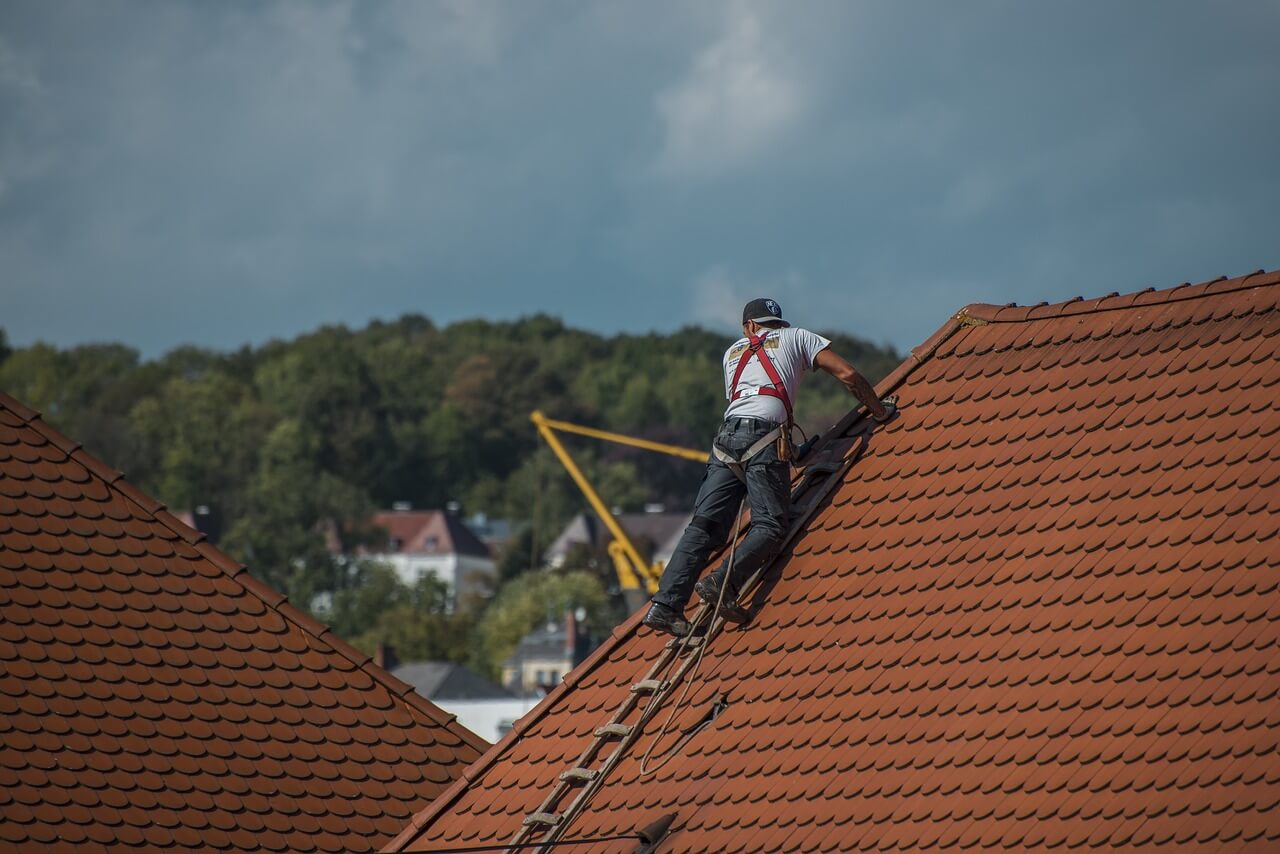Your roof, often overlooked, is one of the most critical components of your home. It shields you and your belongings from the elements, providing comfort and protection. However, when disaster strikes and your roof is compromised, it can be frightening and stressful. Knowing how to handle an emergency roof repairs can make all the difference, whether it's due to severe weather, falling debris, or wear and tear. Here's a comprehensive guide to help you navigate through such challenging times.
- Remain Calm and Assess the Situation
The first and most crucial step when facing a roof emergency is to remain calm. Panicking will only hinder your ability to deal with the situation effectively. Take a deep breath and assess the extent of the damage. Look for signs of leaks, structural damage, or any immediate hazards. - Make Sure You're in No Immediate Danger
Before taking any action, ensure your safety and the safety of those around you. If there are any immediate dangers, such as hanging electrical wires, structural instability, or severe weather conditions, evacuate the area immediately and call emergency services if necessary. Your safety should always be the top priority. - Protect Your Property and Belongings
If it's safe to do so, take measures to protect your property and belongings from further damage. This may include placing buckets or containers to collect water from leaks, moving furniture and electronics away from affected areas, and covering exposed areas with tarps or plastic sheeting to prevent water intrusion. - Try to Identify the Source of the Leak
Locating the source of a leak can be challenging, but it's essential for effective repairs. Look for water stains, dripping water, or wet spots on the ceiling or walls. Trace the path of the water back to its source, which may be a damaged or missing shingle, a cracked flashing, or a compromised seal around a vent or chimney. - Absorb as Much of the Water as Possible
While waiting for professional help, take steps to minimize water damage by absorbing as much water as possible. Use towels, mops, or wet/dry vacuums to soak up standing water. This will help prevent further saturation of your ceiling, walls, and insulation, reducing the risk of mould growth and structural damage. - Contact Professionals for Major Damage or Dangerous Situations
For significant damage or situations involving electrical hazards, seeking help from qualified professionals is crucial. Roofing experts have the skills, experience, and equipment to assess the damage accurately and perform necessary repairs safely. Avoid attempting DIY repairs for complex or hazardous situations, as it can lead to further damage and pose severe risks to your safety. - Implement Temporary Fixes if Necessary
Sometimes, you may need to implement temporary fixes to prevent further damage while waiting for professional assistance. This could include using roofing cement or sealant to patch small leaks temporarily, securing loose shingles or flashing with nails or screws, or installing temporary tarps or covers to protect exposed areas from rain or debris. While these fixes are not permanent solutions, they can help mitigate immediate risks and buy you time until permanent repairs can be made. - Document the Damage for Insurance Purposes
Document the damage to your roof and property for insurance purposes. Take photos or videos of the affected areas, including any visible damage to shingles, flashing, or structural components. Keep receipts for any emergency repairs or temporary fixes you implement, as your insurance provider may reimburse you for them. Providing thorough documentation will help streamline the claims process and ensure you receive fair compensation for the damage incurred. - Schedule Regular Roof Inspections and Maintenance
Prevention is vital when it comes to avoiding emergency roof repairs. Schedule regular inspections of your roof, ideally at least once a year, to check for signs of damage or wear and tear. Addressing minor issues promptly can help prevent them from escalating into major problems. Additionally, invest in routine maintenance tasks such as cleaning gutters, trimming overhanging branches, and removing debris from the roof surface to prolong its lifespan and minimize the risk of unexpected emergencies. By staying proactive and vigilant, you can ensure your roof remains in good condition and better withstands potential disasters.
An emergency roof repair can be a daunting experience. Still, with the proper knowledge and preparation, you can effectively manage the situation and minimize damage to your home. Remember to remain calm, prioritize safety, and take prompt action to protect your property and belongings. Following the guidelines outlined in this comprehensive guide and drawing insights from expert advice, you can navigate roof emergencies with confidence and resilience.









Social Profile